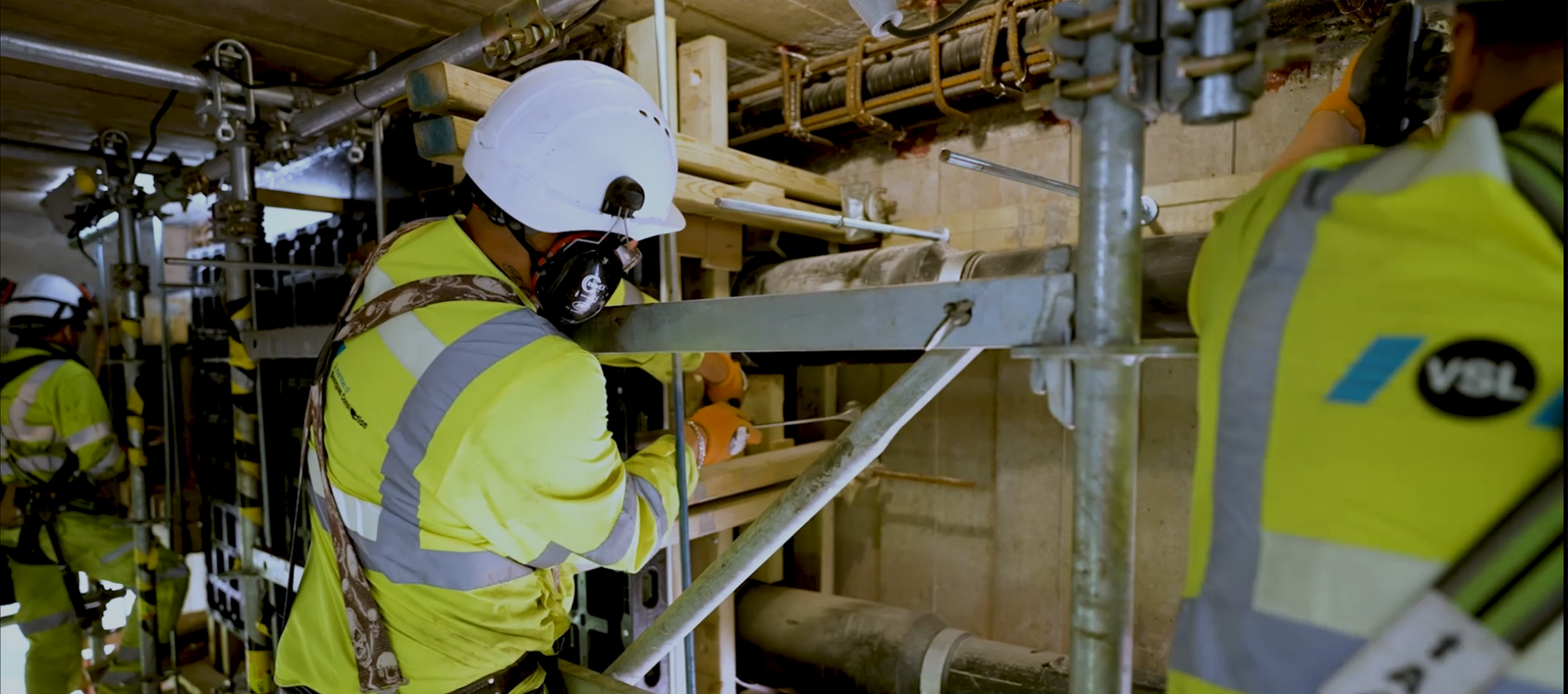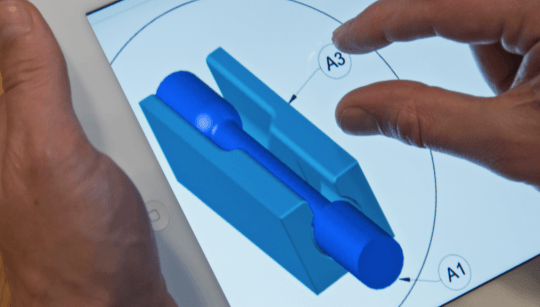You have been localized in : Change location
- NEW STRUCTURESTransport infrastructureAs a specialist of structural systems and ground engineering, we provide bespoke solutions combining design and methods, in-house systems and project execution for the construction of transport infrastructure worldwide.Ground engineering, post-tensioning, heavy lifting…: discover our solutions to cater for a complex architecture, difficult site conditions, accelerated schedules and more.Industrial & energy-producing structuresAs a specialist of structural systems and ground engineering, we provide bespoke solutions combining design and methods, in-house systems and project execution for the construction of industrial and energy-producing structures worldwide.
- Existing StructuresWe deliver bespoke inspections, preservation plans and maintenance operations to manage the ageing of structures and optimize their safety, durability and asset value.As specialists of structural components, we specialise in the repair or replacement of parts of an asset that are essential to guarantee continued safe use. The repair or replacement of parts of an asset due to structural deterioration is essential to maintain or reinstate it in a condition that guarantees continued safe use. As specialists of structural components, VSL helps owners and asset managers to define a tailored-made solution balancing cost, safety, continuity of service, performance and durability.We offer structural modification solutions to accommodate new uses or requirements that help maintain a structure’s value, comply with the latest design codes and safety recommendations or answer to new needs.
- VSL TECHNOLOGIES
- Sustainability
- Why Trust Us

VSL International is present in many countries, and we can be your local partner wherever you are.
Find your country page and access tailored information about our local services and solutions, our project references, our contact details and more.








